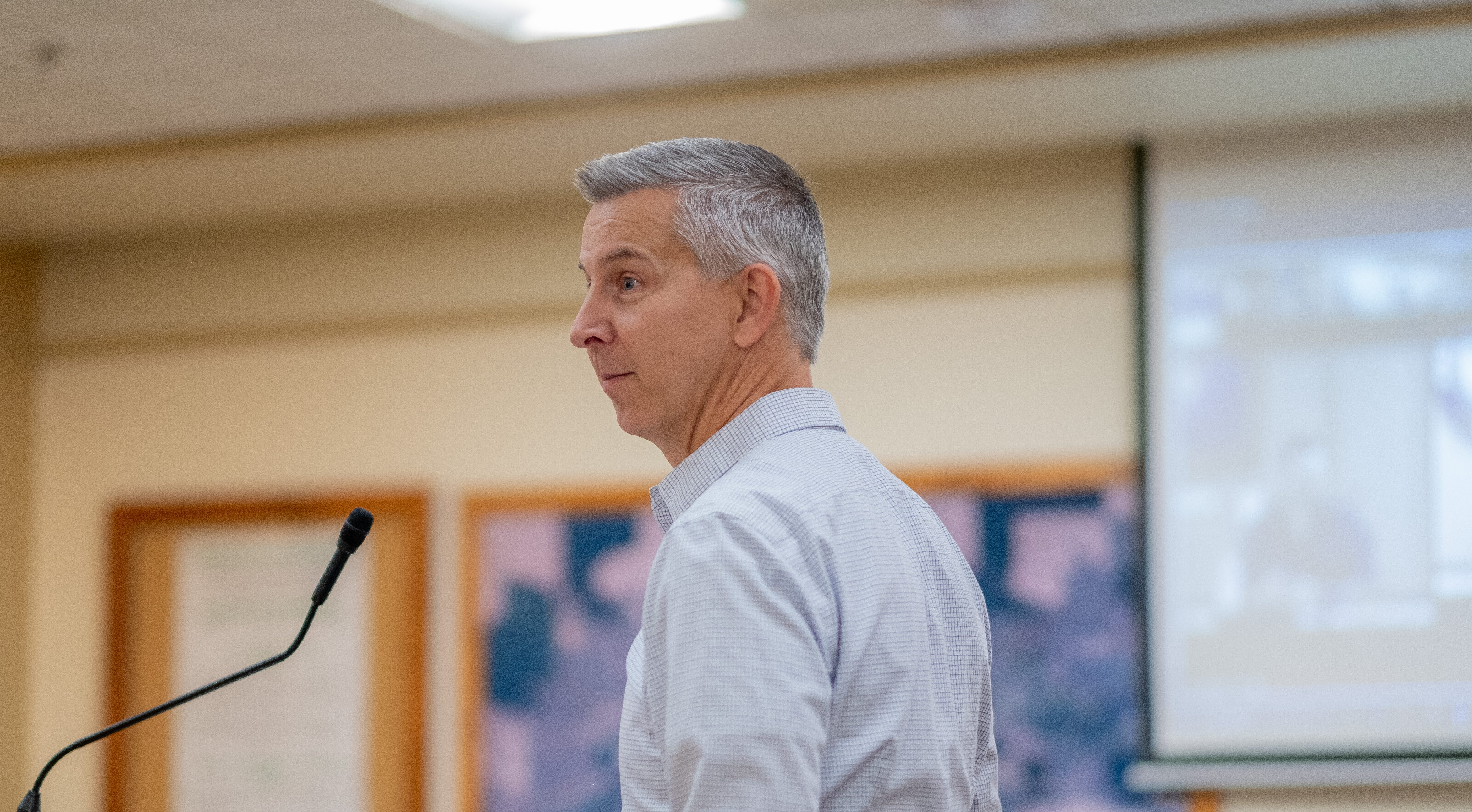Kertis | What will the next 30 days mean for senior care?
Published 6:00 am Saturday, May 23, 2020

- Kertis
The COVID-19 pandemic has swept across America, but not through it. The virus remains despite states beginning to reopen and easing the restrictions that kept the curve relatively flat. The country’s senior population has been hit hardest, losing more people than any other age demographic by far. The senior care industry has been victim to some of the nation’s worst outbreaks, with some counties reporting that the vast majority of their resident’s deaths are coming from its nursing homes. Countless headlines about high death tolls at nursing homes and retirement communities continue to flood, causing many to feel that reopening may be premature.
As experts suggest that the virus may be around for another two years, the next 30 days might make or break the senior care industry.
Trending
As of May 18, 34 states were in the process of reopening their economies. This has many who work in the senior care industry extremely concerned. Because nursing homes and assisted living facilities have all remained open during the pandemic, these changes won’t affect them directly. But to understand why this is so problematic, you must first understand the extreme measures these facilities have had to go through to stay even remotely safe.
All visitations have been canceled and work has been restricted to the bare minimum necessary to maintain operations. This is because the population they house is so vulnerable, the only way to keep people alive is to keep it out. Once it’s in, it wreaks havoc, and the only way it gets in now is from workers.
The reopening of states and economies makes senior care workers’ jobs harder. They will be pressured from both residents and families to relax restriction as the rest of the country has done, and many won’t understand why they aren’t following suit. While this may seem irrational, many people haven’t seen or spoken to their loved ones since senior care facilities went into lockdown, starting in March. And because some facilities are so short-staffed, family members are having trouble getting through to anyone even to confirm that their loved one is still alive. As you can imagine, this has led to some very stressful situations and pressures for more access to patients and residents.
Of course, this is a terrible idea and could mean a second wave of this pandemic among seniors. The major problem this “relaxing” of restriction presents is that workers of senior care facilities will have a higher risk of exposure, increasing the risk of bringing COVID-19 into a nursing home. No longer under any personal restriction when off duty, they will now be much more apt to contract the virus in public.
Legally unable to control what an employee does in their personal time, some facilities have begun asking workers to sign a “pledge,” stating that they will continue to follow the same restrictions and social distancing guidelines they have been before the reopening. While wholly unenforceable, this show of good faith is being sworn to by many workers who want to keep their patients safe. Some workers have even started sleeping at the facility every night to keep their families and patients safe.
But the pressures to go back to normal aren’t always from the staff or the public. Residents themselves grow tired of the isolation, wishing to mingle and socialize. Many have differing opinions and perhaps disagree with social distancing protocols or economic shutdown. In independent living facilities, residents can come and go as they please and many have cars or travel. Keeping them contained against their will isn’t right or even possible, so workers and volunteers can only plead with residents to listen to experts and play things safe.
Trending
No one knows for sure how this will all turn out. Many senior care facilities have been struggling financially during the pandemic. Occupancy is down for multiple reasons, and the stress of battling this virus has left some workers wondering how much more they can take. The next 30 days will likely show whether lifting restrictions was a mistake for the nation’s seniors and the health care system responsible for them.
The only question then will be if it’s too late to go backward.









